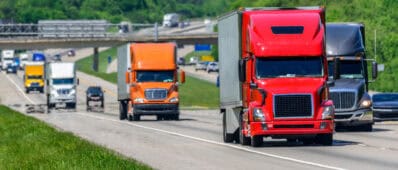Abstract
The advent of e-commerce has changed consumer behavior and brought about a growing last-mile delivery system. These deliveries provide consumers with access to goods and services that would otherwise require personal trips to brick-and-mortar locations or not be available. To improve the efficiency of last-mile delivery and mitigate potential effects on traffic, communities, and the environment, e-retailers are trying out a diverse set of distribution strategies. These include: (1) using light-duty vehicles such as electric vans and cargo bikes in conjunction with micro-hubs, consolidation centers, and staging areas to reduce heavy traffic and operational costs; (2) establishing collection points (e.g., parcel lockers) that allow customers to pick up their orders at convenient locations, without the need for additional delivery vehicle travel; (3) engaging independent drivers who can provide flexible and cost-effective delivery; (4) deploying autonomous delivery robots and unmanned aerial vehicles; and (5) replacing conventional fuel vehicle fleets with zero- or near-zero emissions vehicles. A team at the University of California, Davis explored the economic viability, environmental efficiency, and social equity impacts of these strategies with state of the art modeling techniques.
